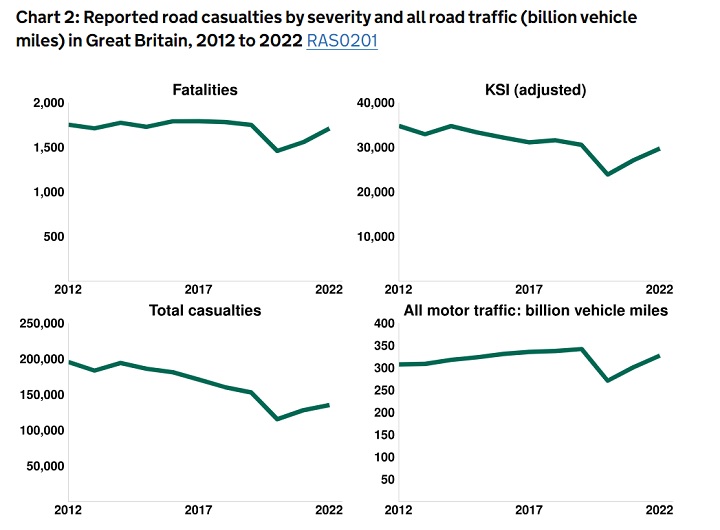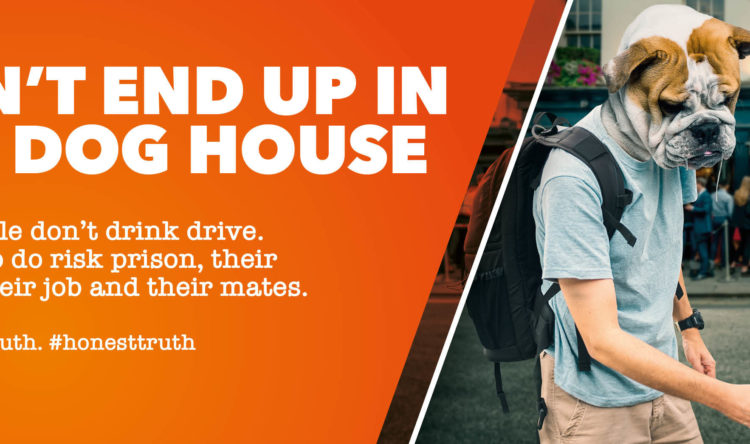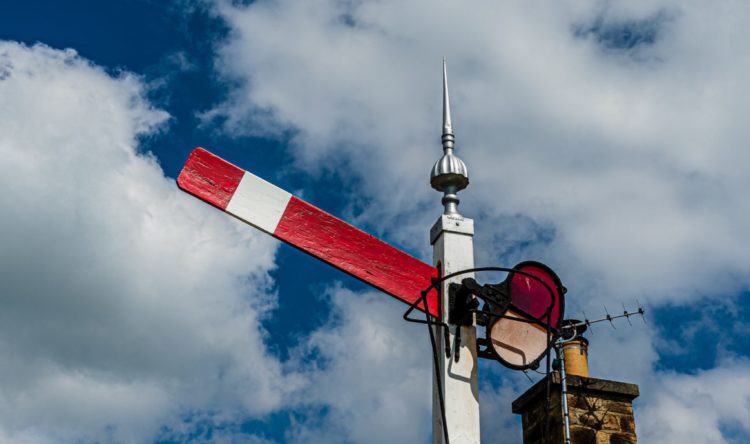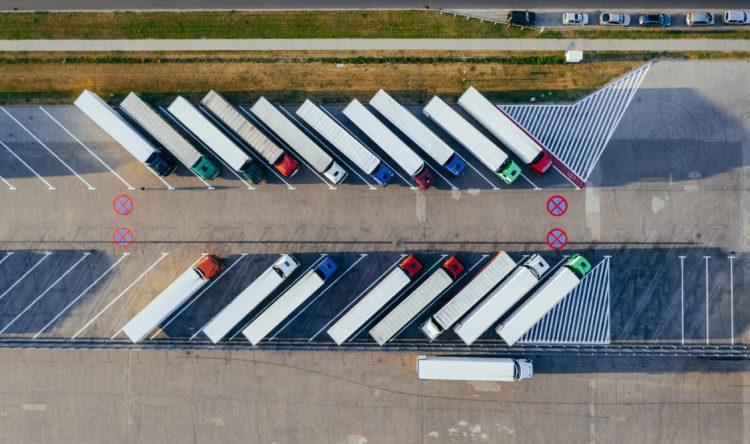Road casualty figures
Little progress in a decade of road safety according to latest official figures
The Department for Transport (DfT) has released the confirmed official casualty figures for Britain’s roads.
As preliminary figures suggested, there was a 9% year on year rise in fatalities, numbering 1,711 in total. Some 29,742 people were killed or seriously injured (KSI) and 135,480 casualties of all severities.
Two wheels too
New DfT data around e-scooters also shows a rise in fatalities, with 1,402 collisions involving e-scooters, compared to 1,352 in 2021. There were 12 deaths, 11 of whom were e-scooter riders, compared to 10 in 2021.
While car occupants accounted for the majority of road casualties in 2022, the highest casualty rates per billion miles travelled were for motorcyclists, indicating that a person is more likely to be injured on the road when travelling by motorcycle.
Storms after the calm
It is not a complete surprise that the numbers are up. These are the first set of figures that show traffic levels are on a parr with pre Covid lockdown levels.
In comparison to 2019, the last year unaffected by the pandemic, the 2022 fatality figure is actually down 2%. However, many are concerned that instead of progress being made on road casualty figures, the trend is an increasing level of carnage, especially if you consider that increasing safety of vehicles and driving assistance technology over the last decade.
“Every death on our roads is a tragedy and it is worrying that after the pandemic, road deaths are rising,” says Edmund King, director of the AA Charitable Trust. Even established areas of basic road safety responsibility appear to be slipping, with seatbelt usage and drink/drug driving amongst younger driver on the increase.

Belt up
The DfT figures highlight that, where a fatality occurred, around a fifth of all car occupants were not wearing seatbelts. This was h particularly higher for male car occupant fatalities and occupants travelling in the evening and night (6pm to 8am).
Kind continues: “It is a preventable tragedy that a fifth of people who die in cars on our roads are not wearing a seatbelt.
“Seatbelts are arguably the greatest ever road safety invention but they are entirely useless if they are not worn.
“Although on the face of it this year’s results represent cause for some celebration, having dropped from 30% in the previous year, the figure for fatalities not wearing a seatbelt has remained stubbornly around a fifth for numerous years.
“There needs to be concerted and targeted education to reach those drivers who choose to risk their lives for the sake of a two second action.”
Worryingly, the DfT data also reveals that the number of deceased drivers with ‘impairment drugs’ present has increased by over 60% from 2014 to 2021, while those where alcohol has been detected has barely changed.
The drug driving increase could reflect changes to testing, and add further years data as it becomes available, said the DfT.
“It’s on all of us to eliminate deaths and casualties on our roads,” adds King. “As well as having more cops in cars to catch people in the act, road users need to take responsibility when heading out on the roads.”
Green green grass of home
The majority of road fatalities occurred on rural roads. But when it comes to the majority of all casualties, these occurred on urban roads.
Rural roads have been singled out for many years by road safety experts and a particular rea of concern, not least for young, inexperienced drivers. Speeds can be high, but unexpected bends and obstructions can catch out the younger driver keen to push and drive to the speed limit. Incident often occur in area with low traffic and no immediate help on hand. The injuries are more severe due to sped, while emergency aid takes that much longer to arrive in what is a critical time for medical intervention.
Although motorways account for 21% of road traffic, they account for a much smaller proportion of road fatalities (6%) and casualties (4%). By contrast, rural road fatalities (59%) are over represented compared to the proportion of rural road traffic (44%).
Similarly, urban roads account for a much higher proportion of road casualties (63%) than their relative traffic level (35%).
Eyes on the facts
RAC road safety spokesperson Rod Dennis added: “Confirmation that last year saw a rise in the number of casualties on our roads – and that men are so much more likely to be involved – is a chilling reminder that there remains so much work to do be done to improve road safety in the UK, even if statistically we have some of the safest roads in Europe.
“The data shows there were more fatal collisions last year than at any point over the last decade caused by drivers or riders being distracted, impaired (458 lives lost) or breaking the speed limit (303 lives lost).
“It’s time the Government turned the dial up on tackling these issues which, while complex, result in hundreds of people losing their lives every year. We also continue to urge the Government to treat this issue with the upmost seriousness by reintroducing casualty reduction targets which were scrapped in 2010.”
Footloose freedom
When it comes to e-scooters, the lack of government regulation is causing its own issues , not only on safety, confusion over legal usage, but also on reporting.
DfT says its best estimate, after adjusting for changes in reporting by police, is that there were 440 seriously injured and 1,040 slightly injured in collisions involving e-scooters,. This compares to 418 and 1,006 respectively in 2021.
Speaking to Fleet News, Martin Usher, partner in personal injury at Lime Solicitors, says the rise is “extremely concerning”. He adds that “we need urgent action to drive these numbers down”.
“Despite their obvious popularity, we still lack comprehensive legislation for e-scooter use.”
He continues: “While rental scooters have speed caps and are covered by insurance, we know that private e-scooters are being used illegally on public highways with little to no resistance.
“The Government cannot continue to ignore the new reality on our roads and delay responding to the changing landscape of metropolitan transport.
“More needs to be done in terms of legislation, investment and public awareness campaigns to adapt to these new forms of transport and improve road safety.
“E-transport is cheap and sustainable, but the ongoing failure to act is leaving people vulnerable to serious but avoidable injuries.”







